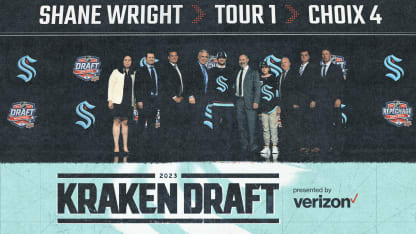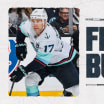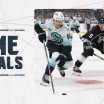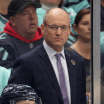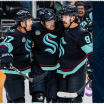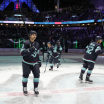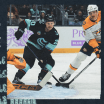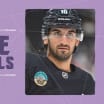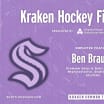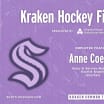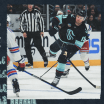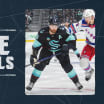Later this month, the Kraken Draft, pres. by Verizon, heads to Nashville who will play host city for the event for the first time since 2003. Twenty years later, that year's draft class provides insight into how the picks panned out over the longer term and how it connects to the 2023 NHL Draft. Here's our primer to get you prepared and even pick up some info to impress your hockey friends, of which there are many more after the Kraken's postseason success.
Detailing the Draft
Before 32 NHL teams meet in Nashville June 28 and 29 for the NHL Draft, here's what fans need to know about a draft considered the deepest in talent compared to recent drafts
